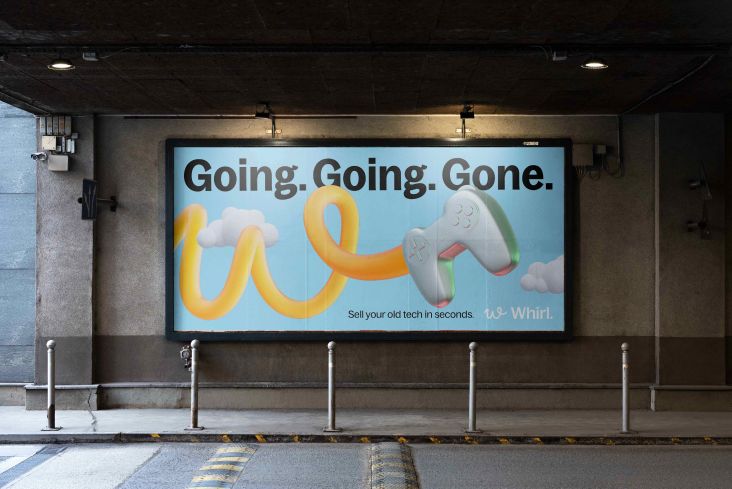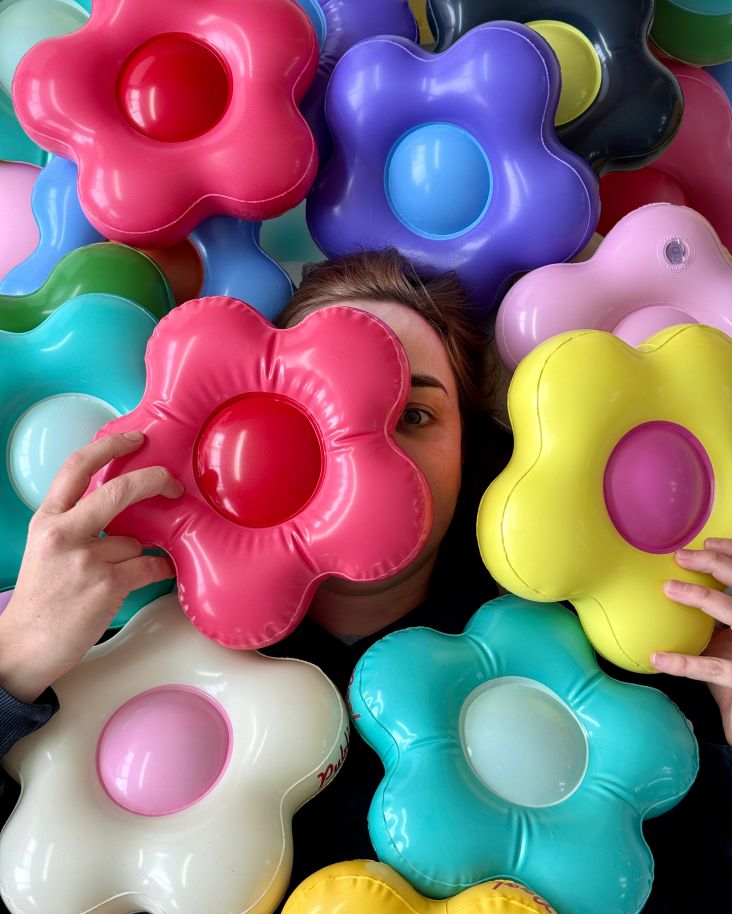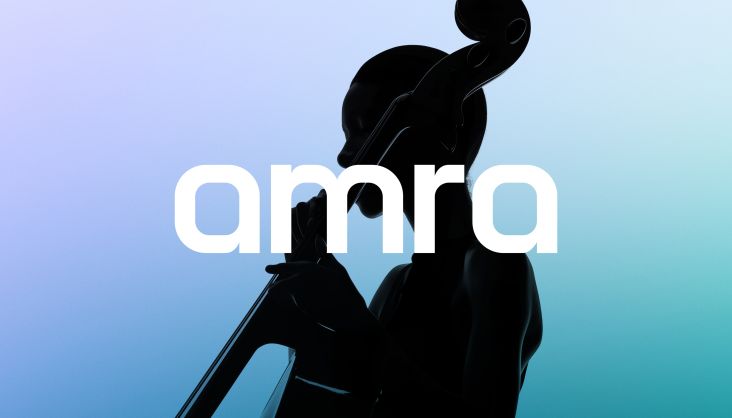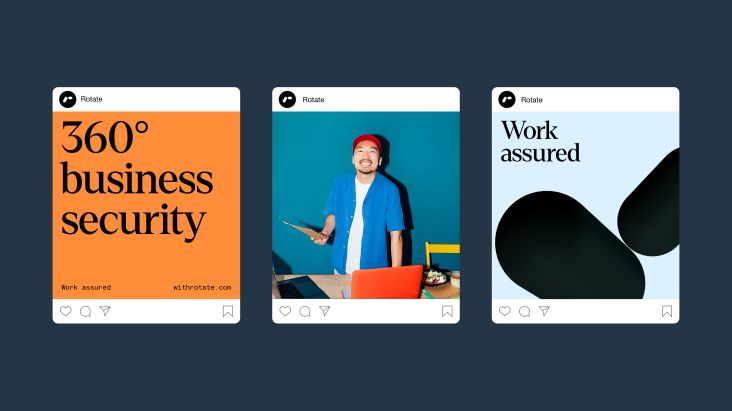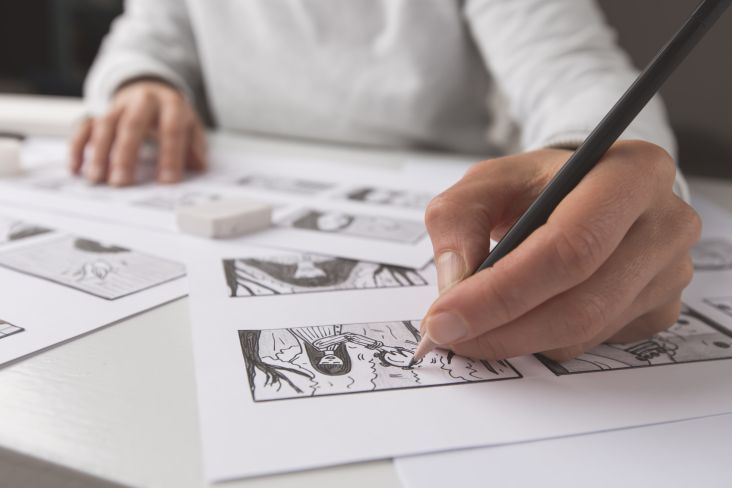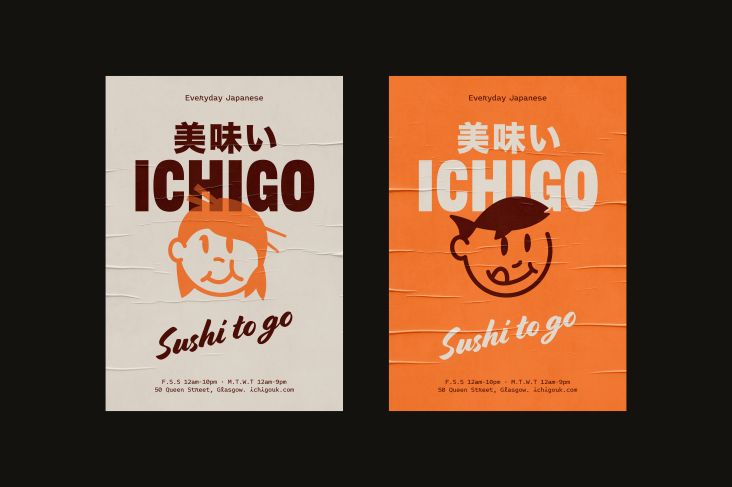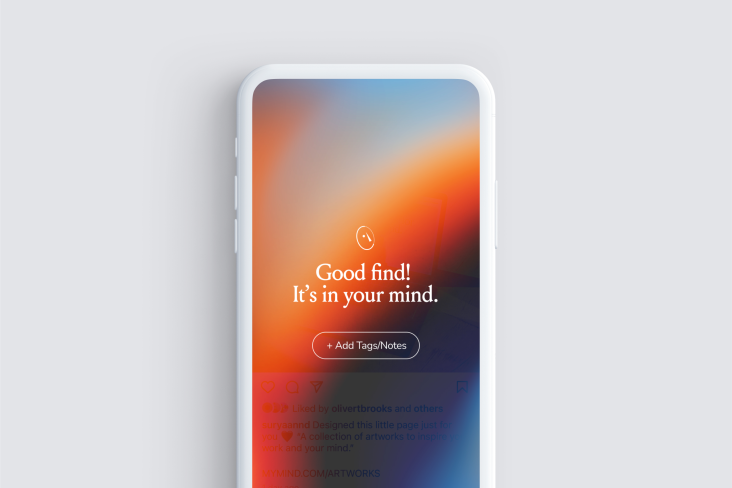The LEGO Group's new design identity builds on one of the brand's core values
The LEGO Group has unveiled a striking new identity today created in collaboration with brand consultancy Interbrand. Designed to make play more accessible, the updated look reflects what makes the LEGO brand so important.
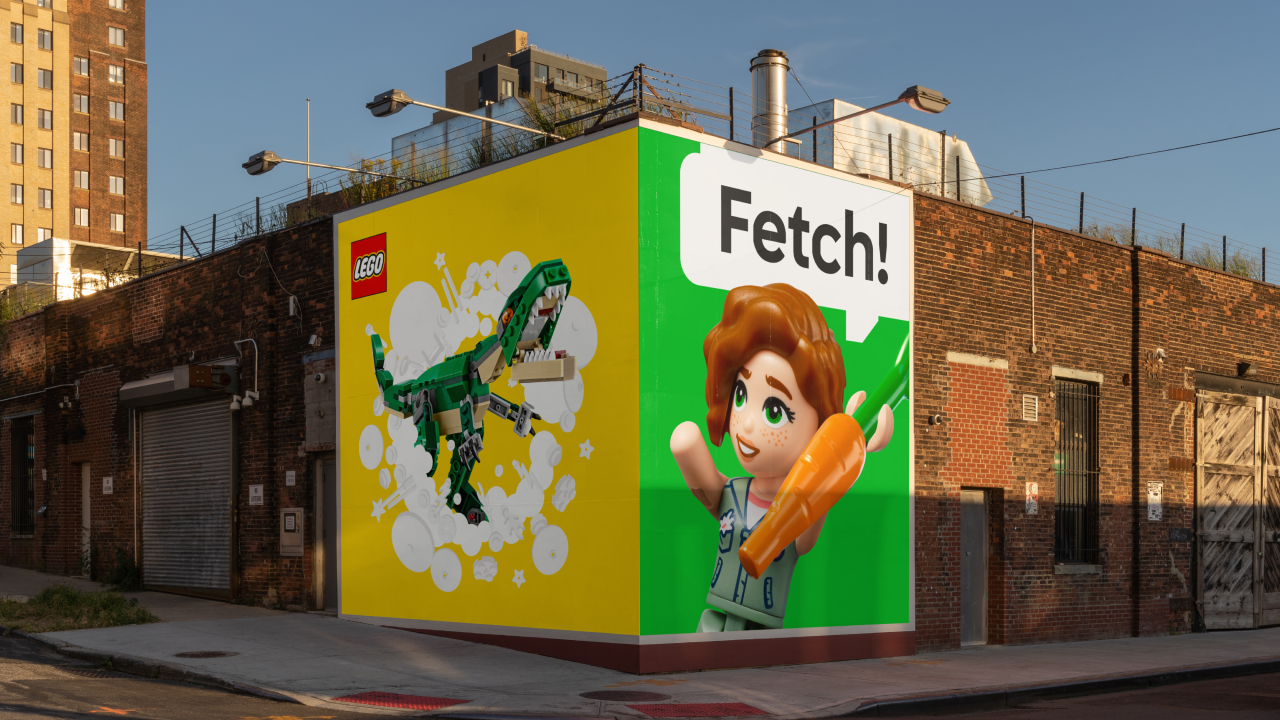
Ever since it was founded in 1932 by Ole Kirk Kristiansen, the LEGO Group has lived up to its name by encouraging generations of children and fans to play well. And it's the company's spirit of creating something new out of something familiar which runs through the LEGO Group's new brand identity.
That's because the LEGO Group and Interbrand have rummaged through the LEGO company archives to dig out existing brand elements that work, polish them off, and pair them with comic book-inspired action graphics to build a new, instantly recognisable design system.
Appearing across all product ranges and digital platforms, the new look is the latest step in the evolution of the Group. Previous leaps forward have seen it work with partners like The Walt Disney Company, Lucasfilm, and Warner Brothers, all of which have helped the LEGO Group maintain its position as one of the most loved brands in the world.
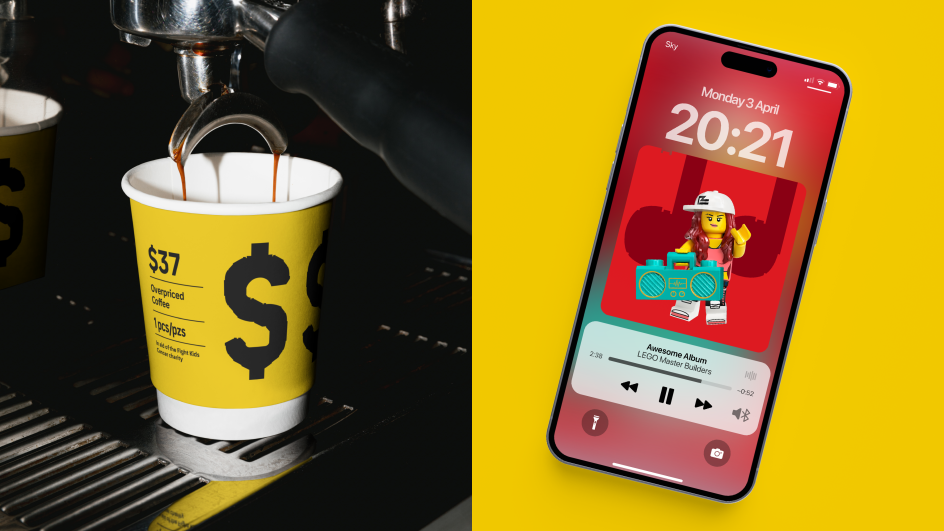
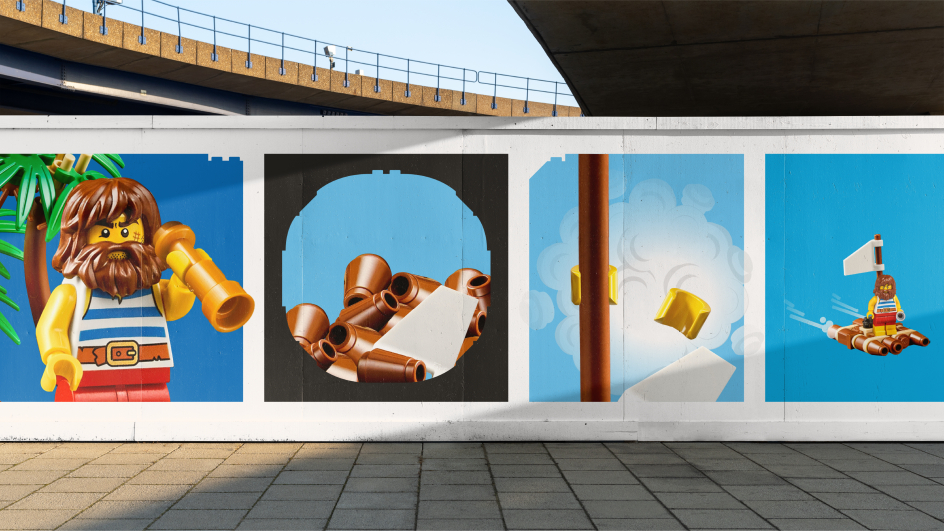
However, this success also posed a challenge. As the LEGO Group grew, its brand DNA needed to keep pace. Its red-brick logo has always been a consistently recognisable design element, but beyond that, the company's identity needed to offer a "fluid and cohesive" brand experience.
To that end, the LEGO Group's in-house creative and strategic agency, Our LEGO Agency (OLA), has spent the last two years working with Interbrand to build a better design ecosystem. Chiefly one that would strengthen what was already there and speak to the company's youngest fans on their own terms.
In order to turn this concept into a reality, OLA and Interbrand rifled through the company's history to search for "brand equity that could be elevated". During this process, they also honed in on the LEGO Group's core vision of helping children learn through play. And what better way to connect with kids than to use the storytelling methods they're familiar with, chiefly comic books?
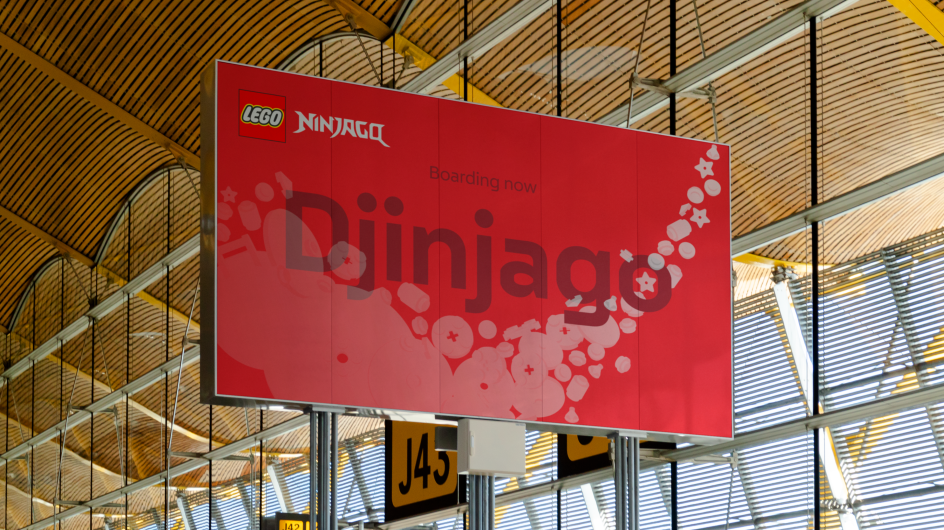
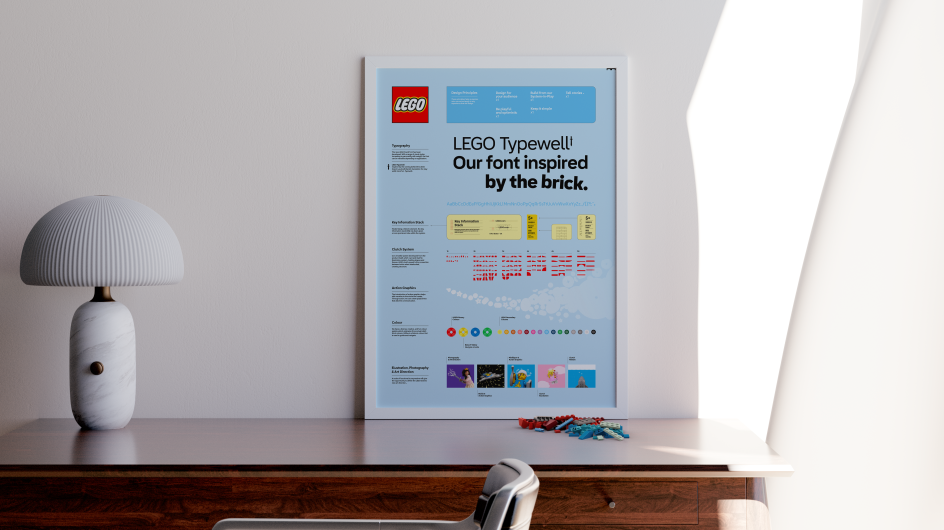
The design elements of comic books can be seen throughout the new brand experience. There are LEGO minifigures spouting dialogue through speech bubbles and a panel approach to the layout of visuals, all of which allow children to narrate their own stories and forge an emotional attachment to LEGO products.
By working across the entire brand portfolio, OLA and Interbrand ultimately assessed 23 guidelines and over 110 separate principles. These were eventually honed into five key design principles: Design for your audience, Build from its System-in-Play, Tell stories, Be playful and optimistic, and Keep it simple. Armed with these principles, any future development of the LEGO brand experience could remain consistent with what has gone before, as well as today's launch.
At the heart of the new identity is the iconic LEGO System-in-Play. Elements such as the "clutch system", which enabled LEGO elements to be replicated digitally in the form of a font, were built around it, as was the new typeface, which was based on lettering discovered in the LEGO Company archive.
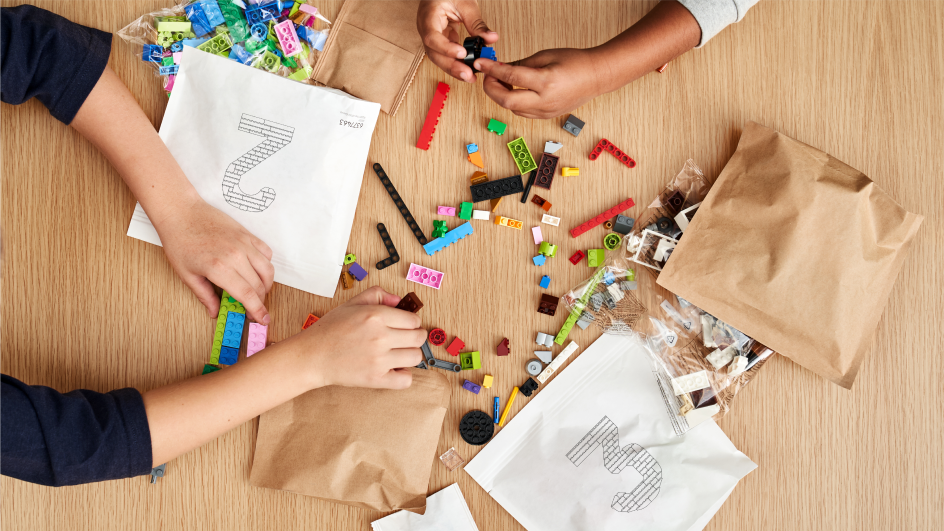
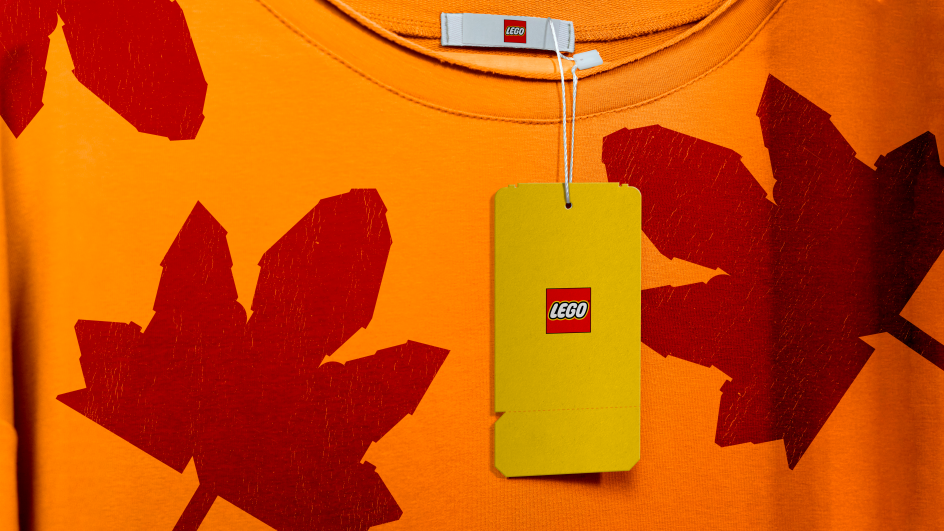
Action graphics made from 58 LEGO elements further add a sense of dynamism and drama to the design system, while motion principles based on how people play with LEGO elements finish it off. The latter even includes deliberate mistakes as a fitting nod to the happy accidents people make while playing with the product.
"The LEGO Group has been the master of constant reinvention for 90 years," says Thomas Holst Sørensen, global head of design at Our LEGO Agency. "LEGO play offers the chance for discovery and invention, where you can always create something new from something familiar.
"Our new brand DNA reflects what is important for the LEGO brand. It is a beautiful, simple, and well-constructed system that both unifies and breaks free the creative and playful expression of our brand and product experiences."
Oliver Maltby, executive creative director and portfolio lead at Interbrand, adds: "The LEGO Group's archives were a treasure trove of elements that contributed to crafting the final solution — a mix of storytelling pieces that we used to build out a full LEGO set just as iconic and timeless as the brick itself. The playfulness of the new identity reinforces the vision of the LEGO brand as a global force for learning through play."




 by Tüpokompanii](https://www.creativeboom.com/upload/articles/58/58684538770fb5b428dc1882f7a732f153500153_732.jpg)


 using <a href="https://www.ohnotype.co/fonts/obviously" target="_blank">Obviously</a> by Oh No Type Co., Art Director, Brand & Creative—Spotify](https://www.creativeboom.com/upload/articles/6e/6ed31eddc26fa563f213fc76d6993dab9231ffe4_732.jpg)









